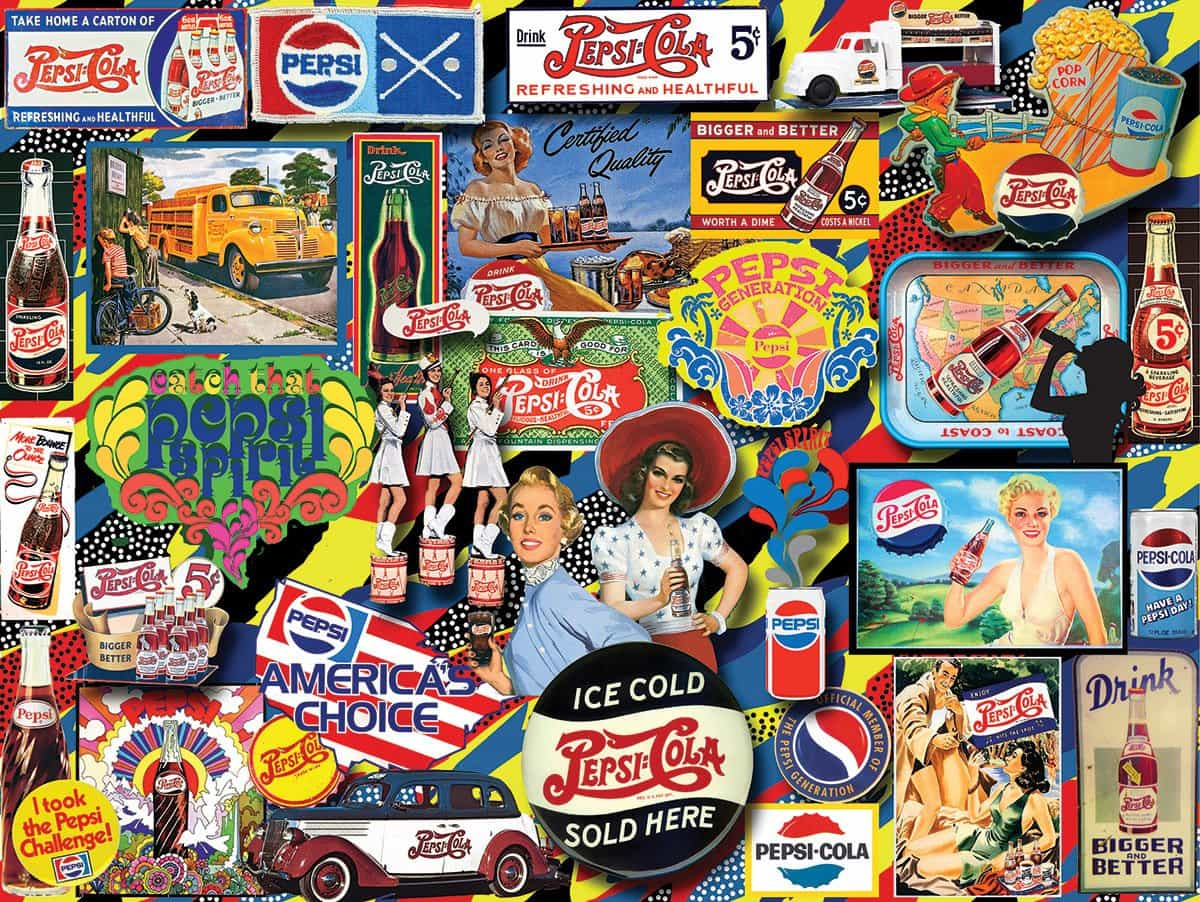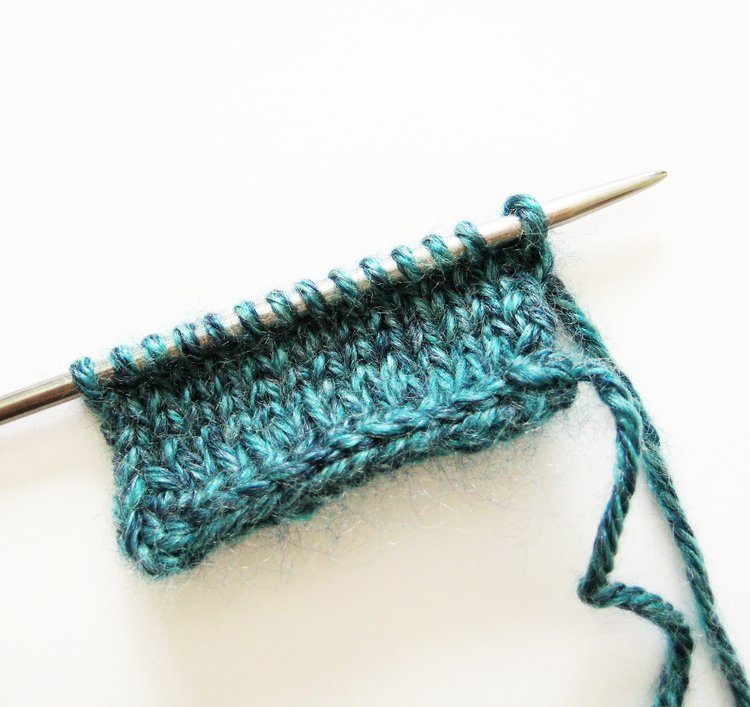
Baltimore Album Quilts are one of the most popular styles of quilts. These quilts typically consist of squares known as blocks with appliqued designs. These quilts are a product of the 1840s, when their first production began. These quilts are found in private collections and museums across the country.
Elly Sinkiewicz
The Baltimore Album quilts represent an extraordinary collection of American quilts and a special period in American history. These quilts were all made in one city within ten years. The majority are signed. They often have inked drawings of landmarks and symbols on them. They are some of the most artistically skillful bedcovers.
Elly Zienkiewicz has a long history in quiltmaking. She has worked both as a teacher and a designer of quilts, as well as as a mail order proprietress. Her books include Spoken Without a Word Baltimore Album quilts, which she also wrote.

William Rush Dunton Jr.
William Rush Dunton Jr., a founder of the American Occupational Therapy Association (and an early president), was also known for his scholarship and collection American quilts. This book features some of his accomplishments. We hope you enjoy it. It is worth sharing with friends. It is a great way to show your appreciation for his legacy.
Dunton graduated with a B.S. from Haverford College on 1889 Dunton graduated from Haverford College in 1889 with a B.S. degree. Later, he earned an M.A. in English literature. After his education, he met and became engaged to a nurse named Edna Hogan. He and Edna settled in Baltimore, and he started work at the Sheppard Asylum. This later became the Sheppard-Enoch Pratt hospital. Edna was his first wife and he had two children with her in 1897.
Yukiko Hirano
Yukiko hirano, a Japanese American artist died with a unique gift for sewing. At the 2005 International Quilt Association Conference the Founder's Award was won by her Baltimore Album Quilt. Her late husband Takeo Hirano wanted to make sure that her work would be preserved for future generations. Hirano created her quilts by hand quilting and using applique. To honor her memory, her husband organized a special show of four of Hirano's works.
Her Baltimore album quilts are widely regarded as the best American quilts. These quilts, which were created by professional needleworkers during the middle of 19th century, consist mainly of red and green with touches yellow and blue. American quilters sought to reproduce these quilts as closely as possible and made quilt patterns based on them.

Elizabeth Hopkins
Elizabeth Hopkins' Baltimore album of quilts is small in size. However, they can be considered high art quilts. Many of the quilts have simple, striking squares. To give an illusion of scale, they are often layered with several layers. Some have religious associations, while others are secular in nature.
The Baltimore Album quilts were produced in the 1840s and 1850s and give us an interesting glimpse into family life, religious reforms, and social trends in the city. They are unique because they are all made in one city and take a relatively short time to create. Researchers can identify the contributors to each quilt by having many signed. These quilts often have inked drawings of buildings and symbols. These quilts are among the most beautiful and artistically accomplished bedcovers of the time.
FAQ
How do I get started?
To start a new hobby, you must first decide what type of activity you would like to do.
Once you have decided on your subject, passion is the key.
It's important to understand why you want to start a particular hobby. It will give you some direction and purpose.
Once you've chosen the hobby you would like to pursue you can start planning.
Think about the equipment that will be needed.
Consider whether you are required to attend classes and seminars.
You must ensure you have enough room for your hobby.
A club or group might be something you consider. These groups offer support and advice.
Finally, think about how much money you would need to spend on your hobby.
What are some good hobby ideas?
Hobby Ideas for people who love to learn and teach others.
Hobbies are a great way for you to do what you love and also learn something new.
While there are many types of hobbies available, most share the same characteristics. They're usually fun activities that require little effort and cost money.
These include working with others to teach someone how to use an instrument or build an airplane.
You may not think of yourself as a teacher but there might be something you could do in order to help someone else learn.
You can make a difference in the lives of others by starting a hobby.
What hobbies are best for introverts and what types of hobbies would they enjoy?
Introverts are able to concentrate on one thing at once. They prefer solitude, such as reading, writing music, or watching movies.
They also enjoy spending quiet time alone. They are not social creatures and don't want to be around people all day. They can even become bored when they're surrounded by people.
This is why introverts choose hobbies that make them feel alone. An introvert might like to read, listen to music, take photographs, paint, write poetry, or even create art.
Introverts may even prefer to live alone. They can concentrate on their hobby without being distracted.
How do I find a hobby to pursue?
You might feel as though you don't have a choice when you first start your quest for a hobby.
You're probably thinking, "I'm not very artistic," or "I'm terrible at sports," or maybe even "I don't know anything."
There is a good chance that you have some experience with hobbies.
It's just not something you're aware of.
Take a look at the contents of your home. How much stuff do you own?
Are there any toys that you don't use anymore?
You might have a collection.
Perhaps you've always wanted a career in cooking.
Perhaps you just want to pick up the guitar again.
Whatever your hobby, it's possible to make it a hobby.
The secret is to remember that you already have plenty to draw on.
Once you do that, you can choose a hobby to fit your life.
What are observation hobbies?
Observation hobbies are activities where you observe people doing what they do. These hobbies could include reading books, watching sports, or going on vacation. It could also involve observing others.
It's great to have observation hobbies because it helps you think creatively. You can apply this knowledge later on when you work with others.
You'll discover that it's easier to learn if there's a passion for something.
If you're interested in football, for instance, you could watch it or read a book. You could visit or take part in exhibitions if you are interested in learning more about photography.
You could also buy a guitar or play along online to music if you are a musician.
You have the option to make your own meals or take out at a restaurant if you enjoy cooking.
You could also grow flowers or vegetables if you enjoy gardening.
You could take a class or go out dancing with your friends if you enjoy dancing.
If you enjoy painting, you might paint pictures.
You could also write poems or stories if you enjoy writing.
You could also draw pictures if you enjoy drawing.
If you are passionate about animals, you can look after them or work at the zoo.
If you like science, you could study biology, chemistry, physics or maths.
If history is your passion, you can either read books or watch films. Or you could listen to podcasts.
If you enjoy travelling, you might consider exploring your local area or traveling abroad.
What hobbies are in fashion right now
Popularity isn’t always a positive thing. It is often used as an excuse for mediocrity. The fact is that most people do not have time to pursue any hobby they want. They're too busy working to make ends met. What can you do if your time is limited? Start a business.
But it's not an easy task. There are many obstacles to overcome before you can turn your idea into reality.
Consider pursuing a hobby if your goal is to have something more fun than running a company.
Hobbies aren't just limited to creative pursuits. There are many kinds of hobbies. These hobbies include:
-
Gardening
-
Cooking
-
Photography
-
Reading
Statistics
- Studies show that just six minutes of reading can reduce stress levels by 60 percent. (oberlo.com)
- The intensity of the dialogue partners' bond at the end of the forty-five-minute vulnerability interaction was rated as closer than the closest relationship in the lives of 30 percent of similar students. (time.com)
- This 100% accurate personality-analyzing hobby quiz discovers your passion based on your characteristics. (quizexpo.com)
- I am 100% biologically a woman (discover.hubpages.com)
- 37% Video Games 36% Travel 36% Health and Fitness (quizexpo.com)
External Links
How To
How to Start Gardening
Gardening is one the oldest forms. It requires patience, persistence, and determination. It is important to choose the right location for your garden. This could be a large plot of land or even just a small area in your backyard. Next, you will need to decide which type of plants are best for you. Do you prefer vegetables or flowers? Some people love to grow herbs, while others enjoy raising animals like rabbits. Before you decide what crops to plant, you should think about how much space is available. If your climate is cold, you may decide to plant berries and fruits.
After choosing what you want to plant you need to prepare your soil. It is vital that your soil is prepared properly to determine whether or not your plants will thrive. High quality soil is rich in organic matter, which feeds your plants' roots. Organic matter is made up of leaves, twigs grass clippings, manure and compost. Once you have prepared your soil, you need to add nutrients. Depending on the type of plants you plan to grow, you may need different amounts of nitrogen, phosphorus, potassium, calcium, magnesium, boron, zinc, copper, manganese, iron, molybdenum, chlorine, sulfur, sodium, and so on. You can calculate these values online with a fertilizer calculator. Many fertilizers are available, so make sure you know what you are buying.
After preparing your soil and adding the proper nutrients, you now need to wait until your seeds germinate. This can take anywhere from two weeks to three months depending on where you live and how warm it is. Once the seeds have sprouted you will need to water them often. Overwatering your plants can lead to problems. Overwatering can cause problems. Overwatering can lead to root rot and fungal diseases. Keep in mind that plants are more thirsty during summer than winter. Some plants must be dried out after being watered. Tomatoes, for example, need to be kept moist but not too wet. They won't tolerate soggy soil. After flowers are finished, plants must go dormant. Plants go dormant when they stop producing new growth and instead store energy for next year's harvest. Dormancy means that the plant stops communicating with its roots about producing food. During this period, plants continue to store energy. However, the plant will die if temperatures drop below freezing or there is insufficient sunlight.
You may be limited in what plants you can grow if you live in an urban area. Concrete sidewalks, roads or parking lots can block sunlight from reaching urban areas. Concrete absorbs light which blocks sunlight from reaching the ground below. This is why many plants cannot thrive in cities. There are still plants that thrive in urban environments. Many trees, shrubs, and perennials can adapt to city living. Many annuals can also grow indoors in pots. You can have fresh greenery all year round with container gardens.
Now you're ready to plant.